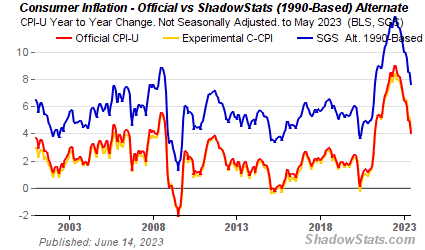zonly1
Probie still throwin'em
count energy and food. As gas goes up, no rocket science, so does the cost of process foods including field grown crops and orchards and of course dryland farming, manufactured goods and services..tnc.
Last edited:

